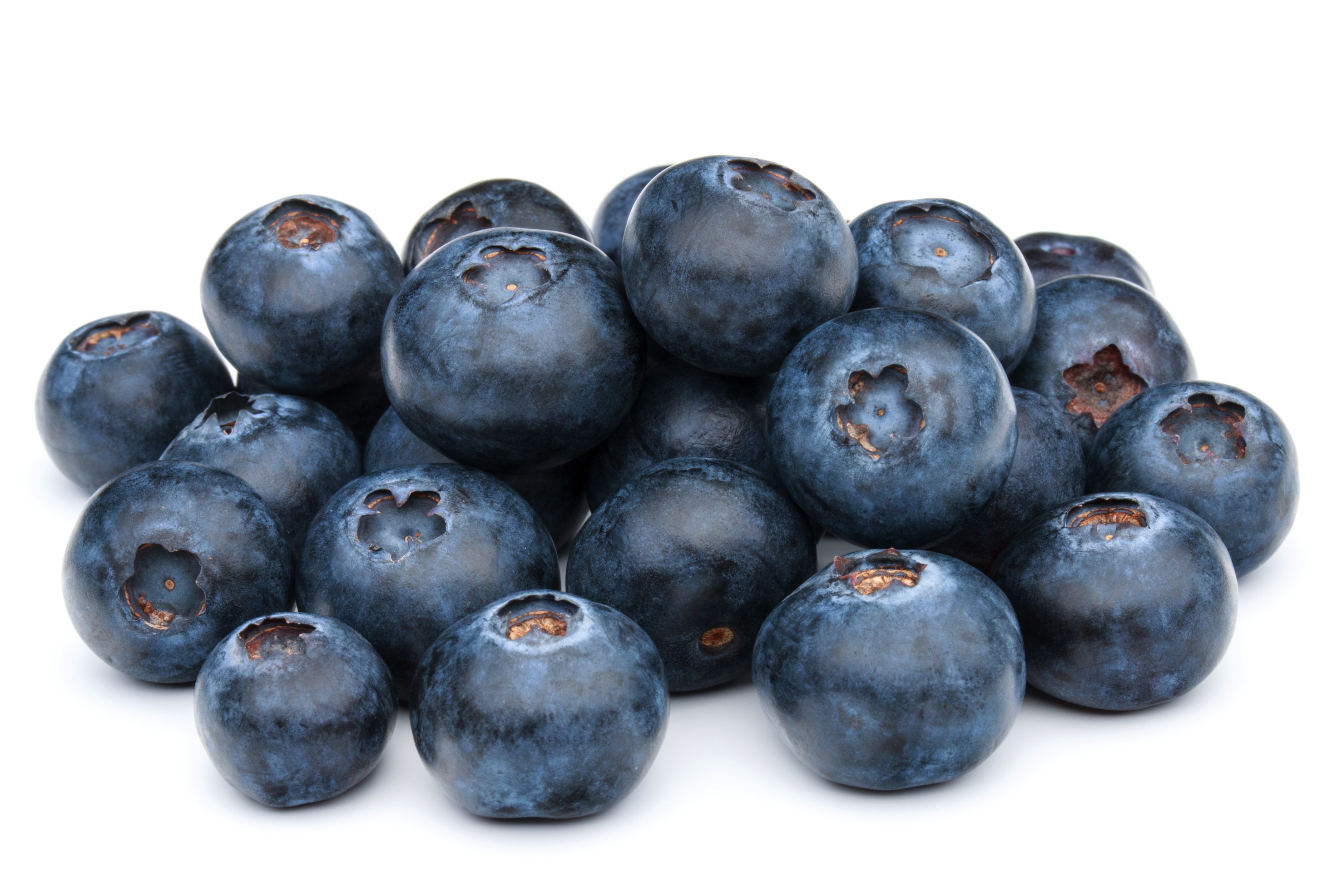Rabobank anticipates bigger volume to soften blueberry prices
New research from Rabobank indicates increasing supplies of imported blueberries will weaken prices in 2019-20, particularly in the spring and fall seasons.
The report, which focuses on new global suppliers selling to the U.S. blueberry market, was written by Rabobank analysts David Magana and Roland Fumasi and anticipates future blueberry pricing based on import growth.
The researcher found that:
- Fresh blueberry consumption in the U.S. has grown at annual rate above 12% during the last ten years;
- Attractive prices have invited competition from growers in Peru and Mexico, resulting in downward pressure on pricing;
- Business opportunities for value-added supplies and/or competitive firms will continue as the market expands; and
- Weekly blueberry shipments will increase substantially in 2019-20, particularly in the transitions in the fall and spring seasons, resulting in lower prices for those specific weeks.
The growth of blueberry consumption, at about 12% per year over the past decade, has outpaced growth of domestic U.S. blueberry production of about 7% per year. To make up the difference, imports have surged 15% per year in the past decade, according to the report.
“Per capita consumption of blueberries has grown threefold over the last decade,” Magana said Oct. 19. “That has to do obviously with higher availability because higher imports.”
Greater volumes of blueberry imports are filling market windows that in the past have seen few supplies.
“Just a few years ago, Florida was one of the few growing regions that harvested blueberries on a commercial level early in the spring, and now Mexico has like a close to 50% market share,” Magana said. “That doesn’t mean that Florida production is declining, it just that the pie is getting bigger and bigger.”
Magana said Rabobank expects blueberry consumption, at about two pounds now, will continue to grow.
The fruit is the second most consumed berry after strawberries, which has per capita consumption of eight pounds.
Blueberries have the winning attributes of eating experience, convenience and healthfulness, he said. “Blueberries check all the boxes in a big way; there is nothing more convenient than blueberries.”
Rabobank expects more competition from imports in the spring and the fall.
“Mexico will continue to put pressure on Florida,” Fumasi said.
Next year, Rabobank projects total blueberry shipments from week 38 to week 49 (mid-September to early December) will average 40% larger than 2019. In addition, Rabobank estimates that average shipments from week 11 to week 24 (early March to early June) in 2020 will average 30% to 40% bigger than 2019.
The report predicts weekly prices for blueberries to be about 20% lower during weeks 40 to 50 (late September to early December) in 2020, compared with the 2014-2018 average for the same period.
Weekly prices for weeks 15 to 20 (early April through mid-May) in 2020 are projected 30% lower compared with the five-year average, according to the Rabobank report.
The authors said that the highest estimated price for the next year or so is anticipated in late September, with a 50% chance that the weekly average price will be $43-$45 per flat. In contrast, the lowest projected price is expected week 29 (mid-July), when Rabobank said there is a 50% probability that blueberry prices will range between $12.50 $15 per flat.
The authors said that increased competition from Chile, Mexico and Peru is expected to continue, and urged marketers to invest in proprietary breeding programs, consider entering into organic production and to diversify operations.
23/10/2019







